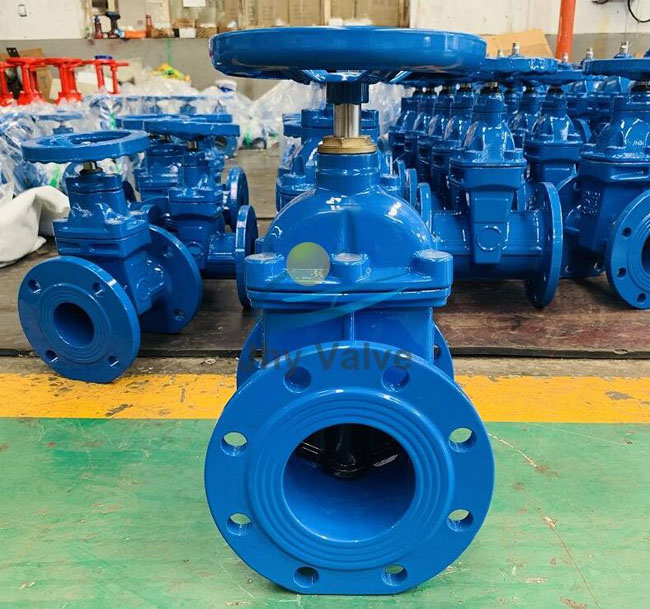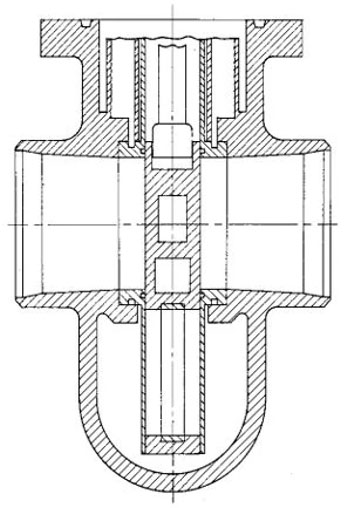Typical Gate Valve Applications
Gate valves are primarily designed to serve as isolation valves. In service, these valves generally are either fully open or fully closed. When fully open, the fluid or gas flows through the valve in a straight line with very little resistance. Gate valves should not be used in the regulation or throttling of flow because accurate control is not possible. Furthermore, high-flow velocity in partially opened valves may cause erosion of the discs and seating surfaces. Vibration may also result in chattering of the partially opened valve disc. An exception to the above are specially designed gate valves that are used for low-velocity throttling; for example, guillotine gate valves for pulp stock.

Advantages of Gate Valves
1. They have good shutoff characteristics.
2. They are bidirectional.
3. The pressure loss through the valve is minimal.
Disadvantages of Gate Valves
The following are some of the disadvantages of gate valves that must be considered when selecting a gate valve for an application:
1. Gate valves are not quick opening or closing valves. Full-stem travel to open or close a gate valve requires many turns of its handwheel or an actuator.
2. Gate valves require large space envelope for installation, operation, and maintenance.
3. The slow movement of the disc near the full-closed position results in high-fluid velocities, causing scoring of seating surfaces, referred to as wire drawing. It also causes galling of sliding parts.
4. Some designs of gate valves are susceptible to thermal or pressure binding, depending upon the application.
5. In systems experiencing high-temperature fluctuations, wedge-gate valves may have excessive leakage past the seats due to changes in the angular relationship between the wedge and the valve seats caused by piping loads on the valve ends.
6. Repair or machining of valve seats in place is difficult.
Construction of a Gate Valve
Gate valves consist of three major components: body, bonnet, and trim. The body is generally connected to the piping by means of flanged, screwed, or welded connections. The bonnet, containing the moving parts, is joined to the body, generally with bolts, to permit cleaning and maintenance. The valve trim consists of the stem, the gate, the wedge, or disc, and the seat rings.
Two basic types of gate valves are the manufactured-wedge type and the double-disc type, and there are several variations within each of these types. A third type of gate valve, called conduit valve.

conduit valve
Typical Gate Valve Applications
Socket or butt-welding end-gate valves in air, fuel gas, feedwater, steam, lube oil, and other systems are typical applications. Threaded-end gate valves may be used in air, gaseous, or liquid systems. Con-cern for leakage from threaded connection can be addressed by seal welding the threaded connection or by using thread sealants, as appropriate. In low-pressure and low-temperature systems such as fire protection systems’ water piping or water distribution pipelines, flanged gate valves are commonly used.
Hebei Jinghangyu Group is a professional manufacturer of gate valves. Any inquiries, pls feel free to contact us.

评论
发表评论